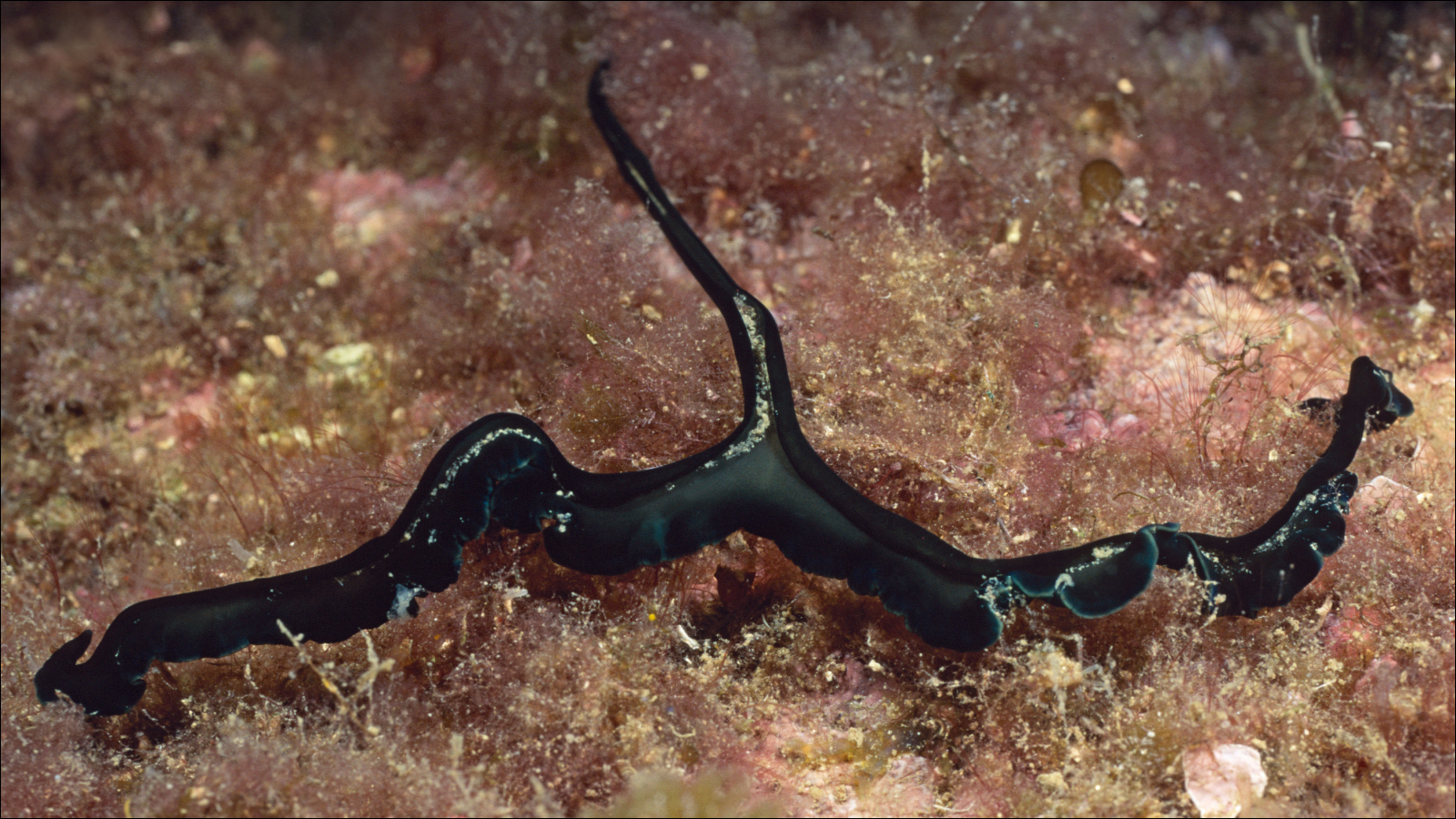Animals, Vol. 14, Pages 3371: Angiogenesis as a Survival Mechanism in Heartworm Disease: The Role of Fructose-Bisphosphate Aldolase and Actin from Dirofilaria immitis in an In Vitro Endothelial Model
Animals doi: 10.3390/ani14233371
Authors: Manuel Collado-Cuadrado Claudia Alarcón-Torrecillas Alfonso Balmori-de la Puente Iván Rodríguez-Escolar Elena Infante González-Mohino Miguel Pericacho Rodrigo Morchón
Heartworm disease, caused by Dirofilaria immitis, is a vector-borne zoonotic disease, (mainly affecting canids and felids) causing chronic vascular and pulmonary pathology in its early stages, which worsens with parasite load and/or death of adult worms in the pulmonary artery or right heart cavity, and can be fatal to the host. Angiogenesis is a mechanism by which new blood vessels are formed from existing ones. The aim of this work was to study the effect of two molecules of the D. immitis excretory/secretory antigen (DiES) on the angiogenic process, taking into account that this antigen is able to interact with this process and use it as a survival mechanism. For this purpose, an in vitro model of endothelial cells was used and treated with two recombinant proteins, i.e., actin (Act) and fructose-bisphosphate aldolase (FBAL) proteins belonging to DiES, and both pro- and antiangiogenic molecules were analyzed, as well as the cellular processes of cell proliferation, migration, and pseudocapillary formation. Act and FBAL proteins, together with vascular endothelial growth factor (VEGF-A), as an angiogenic precursor, are able to stimulate the production of proangiogenic factors as well as cellular processes of proliferation, migration, and pseudocapillary formation. This implies that these molecules could be produced by D. immitis to facilitate its survival, and the relationship between parasite and canine host would be further elaborated.

 1 day ago
9
1 day ago
9


